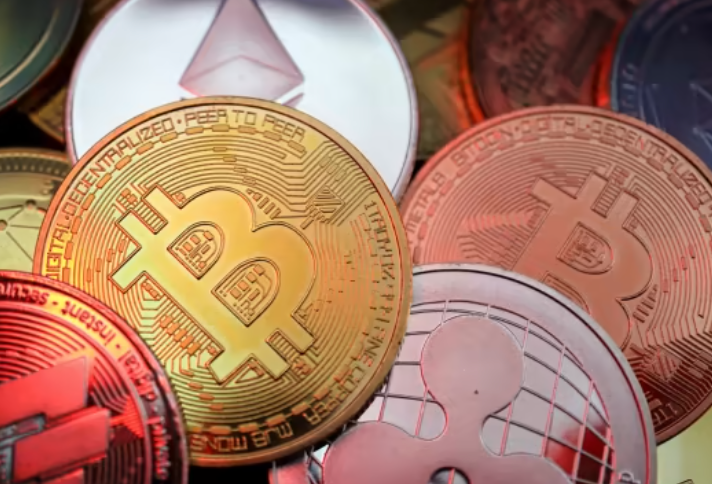#BitcoinInvestment #SharpeRatio #CryptoMarket #RiskAdjustedReturns #InvestmentStrategy #MarketVolatility #CryptoAnalysis #GlassnodeInsights
On January 26, the Sharpe Signal, an indicator derived from financial analytics firm Glassnode’s proprietary model, plummeted to its lowest level since March 2020, touching a value of 0.2531 from a prior high of 0.7042 on Jan. 10. This stark drop was significant, signifying a potentially cautious phase for investors considering the risk-adjusted returns on Bitcoin. However, this downtrend was short-lived; by February 11, the signal had rebounded impressively to 0.7371 as Bitcoin’s market value soared past the $48,000 mark. This fluctuation not only revealed a palpable shift in investor sentiment but also underscored the dynamic risk-reward landscape within the crypto sector, underscored by a graph illustrating the Sharpe Signal’s trajectory from the beginning of January to mid-February 2024.
The resurgence in the Sharpe Signal is particularly noteworthy when dissected through the lens of the Sharpe Ratio—a metric conceptualized by Nobel Laureate William F. Sharpe. This ratio is a critical tool for investors, providing a measure of an investment’s return over its risk, with a higher ratio indicating a more desirable risk-adjusted return. The observed volatility in the Sharpe Ratio, which saw a dip to 1.43 on January 22 before climbing to 1.94 by February 5, and settling at 1.74 by February 11, mirrors the underlying changes in Bitcoin’s perceived risk and reward. This reflection is further amplified when considering Glassnode’s enhancement of the traditional Sharpe Ratio with machine learning and on-chain data analysis to project Bitcoin’s risk-adjusted return potential—underscored in the Sharpe Signal’s recent shift. This not only points to a bullish outlook for Bitcoin but also offers a compelling narrative for investors, signaling a potentially lucrative phase if guided by risk-adjusted metrics. The graphs depicting Bitcoin’s Sharpe Ratio and Sharpe Signal movements over the years and specifically from February 2022 to February 2024 elucidate the nuanced relationship between market sentiment, investment risk, and potential returns, particularly in the volatile landscape of cryptocurrency.
Image: https://weeklyfinancenews.online/wp-content/uploads/2023/08/bitcoin11.png






